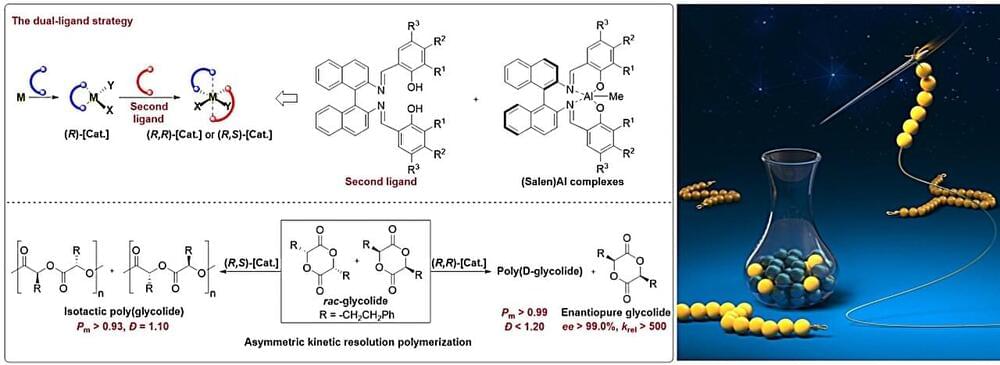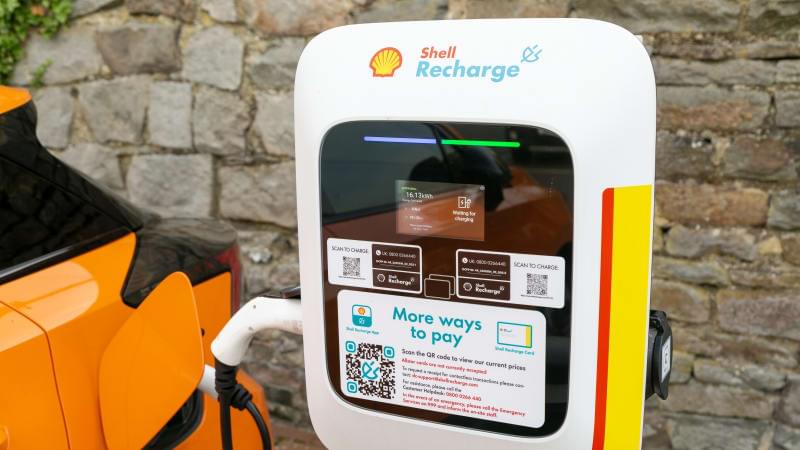Mar 22, 2024
Discovery Tests Theory on Cooling of White Dwarf Stars
Posted by Natalie Chan in categories: energy, physics, space
Open any astronomy textbook to the section on white dwarf stars and you’ll likely learn that they are “dead stars” that continuously cool down over time. New research published in Nature is challenging this theory, with the University of Victoria (UVic) and its partners using data from the European Space Agency’s Gaia satellite to reveal why a population of white dwarf stars stopped cooling for more than eight billion years.
“We discovered the classical picture of all white dwarfs being dead stars is incomplete,” says Simon Blouin, co-principal investigator and Canadian Institute of Theoretical Astrophysics National Fellow at UVic.
“For these white dwarfs to stop cooling, they must have some way of generating extra energy. We weren’t sure how this was happening, but now we have an explanation for the phenomenon.”

















